-
Capacity
- 7 of 30 spots still available
-

- Bring your own drinks
- Alcoholic and non-alcoholic drinks provided
-

- Dogs and cats live here
-
Wheelchair access
- Not wheelchair accessible
-
- Some stairs may be present in the space
This is a groupmuse
A live concert in a living room, backyard, or another intimate space. They're casual and friendly, hosted by community members.
Host
Joseph Haydn (1732–1809)
Piano Trio No. 42 in E-flat major
Arvo Pärt (b. 1935, Estonia)
Mozart-Adagio (1992)
Maurice Ravel (1875–1937)
Piano Trio in A minor, M. 67 (1914)
This program traces how composers from different eras engage with musical language, structure, and expression—each in their own voice, each resonating across time.
Joseph Haydn’s Piano Trio was written late in his life, during a period when the piano trio was gaining popularity as a chamber form. This work reflects Haydn’s refined style: clear textures, balanced form, and subtle wit.
Arvo Pärt’s Mozart-Adagio (1992) takes a fragment from Mozart’s unfinished Piano Sonata in F major and reimagines it through Pärt’s distinct minimalist aesthetic. The result is spare, meditative, and reverent—a contemplative lens on Mozart's Classical voice.
Maurice Ravel composed his Piano Trio just before volunteering for military service in World War I. The work blends precision with imagination and highlights Ravel’s rhythmic vitality and harmonic color.
Each work is rooted in its own time, yet all three reflect a continuity of craft, form, and expression—echoes not of imitation, but of shared musical inquiry.
The piano trio—violin, cello, and piano—emerged as a distinct genre in the late 18th century. Early examples by composers such as Joseph Haydn helped define the form, which became a central ensemble for chamber music.
In the 19th and 20th centuries, the piano trio evolved into a more expressive and often virtuosic format, as seen in works by Beethoven, Schumann, Brahms, and Ravel. This combination of instruments allows for exploration of structural complexity and emotional range, often combining classical forms with new harmonic languages - three distinct voices brought into dialogue.
TRIO ETHEA
Formed through a shared passion for chamber music, Trio Ethea unites the dynamic artistry of violinist Shintaro Taneda, cellist Ayoun Alexandra Kim, and pianist Jon Lee. The ensemble takes its name from the Greek root ethos, reflecting their belief in music as a powerful expression of character, spirit, and community. Known for their passionate and captivating performances, the trio is driven by a commitment to musical excellence, innovation, and meaningful engagement both on and off the stage.
Their collaborative spirit and interpretive depth have helped cement the group’s reputation as a compelling and versatile ensemble.
Each member of Trio Ethea contributes a unique voice shaped by deep individual experiences. Their programming reflects a shared belief in the power of chamber music to connect, inspire, and resonate across communities and time.
What's the music?
This program explores how music speaks across eras—not by imitating the past, but by responding to it, transforming it, and passing it forward.
Joseph Haydn’s Piano Trio in E-flat major opens the evening with elegance and clarity. Though composed in the late 18th century, this work feels lively and conversational—its charm lies in its balance between refined structure and playful energy.
Arvo Pärt’s Mozart-Adagio follows as a meditative pause. Here, Pärt doesn’t recreate Mozart—he listens to him across time. The piece is built around a fragment by Mozart, but filtered through Pärt’s signature stillness. It becomes less about the notes and more about the space between them.
Maurice Ravel’s Trio in A minor closes the program with color, power, and rhythmic intensity. Composed in 1914 as Europe stood on the edge of war, this piece captures a moment of historical tension, but also remarkable beauty. Each movement stretches tradition in a new direction—form, rhythm, and texture all pushed to their expressive limits.
This is not a retrospective—it’s a conversation across centuries. The voices are different, but they resonate with each other.
Where does this music come from?
The piano trio—violin, cello, and piano—emerged as a distinct genre in the late 18th century. Early examples by composers such as Joseph Haydn helped define the form, which became a central medium for chamber music.
In the 19th and 20th centuries, the piano trio evolved into a more expressive and often virtuosic format, as seen in works by Beethoven, Schumann, Brahms, and Ravel. Composers used the ensemble to explore structural complexity and emotional range, often combining classical forms with new harmonic languages.
In the late 20th century, composers like Arvo Pärt turned to historical material not as nostalgia, but as a way of recontextualizing the past. Pärt’s use of minimalism and sacred aesthetics created space for reflection, often referencing earlier music without replicating it.
This lineage continues today, not just through repertoire, but through the ensemble itself—three distinct voices brought into dialogue.
Location
Exact address sent to approved attendees via email.
This is a groupmuse
A live concert in a living room, backyard, or another intimate space. They're casual and friendly, hosted by community members.
Host
Attendees
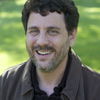
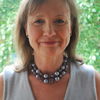

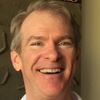
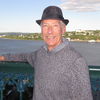
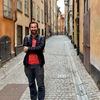










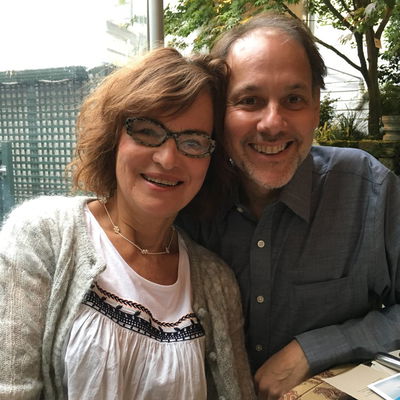

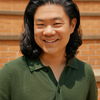
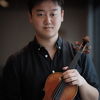
 Continue with Facebook
Continue with Facebook
 Continue with Google
Continue with Google
 Continue with Apple
Continue with Apple
Comments (2)
Comment sections are only for participants. Please sign in and reserve a spot above to view comments.